
In patients suffering from HIV skin rash may form due to several causes. In majority of cases the characteristic rash develops as a part of seroconversion illness. In such case the rash occurs between 2 and 4 weeks after exposure to the virus. It usually starts on the upper body and may also affect palms. HIV rash also affects patients in the third stage of the infection. In this symptomatic stage of HIV patients develop many chronic conditions. This rash develops in a form of seborrheic dermatitis and usually affects the scalp and the face and may also cause specific skin changes on the chest, armpits and groins. This rash is red and may or may not be scaly.
Furthermore, since HIV patients are more susceptible to certain infections they commonly suffer from herpes virus infections. The infection caused by herpes virus features with red rash covered with fluid-filled blisters. Once these blisters empty the affected skin gets covered in crusts and eventually heals. The rash is recurrent and develops from time to time. It is also essential to mention shingles. This condition features with rash that affects parts of the skin innervated by one dermatome (the nerve that innervates one part of the skin). HIV patients are due to insufficient protection of the immune system. Therefore, they are more susceptible to recurrence of shingles. The rash in shingles resembles the rash caused by herpes virus.
Other Skin Rashes in HIV Patients and their Symptoms
Even though HIV patients generally develop one of the previously mentioned rashes there are many conditions that may be associated with skin rash in such patients. For example, viral infection caused by Molluscum contagiousum leads to wax bumps that contain white and solid material. HIV patients may also develop tinea and bacterial folliculitis both of which cause different skin rashes. And finally, treatment for HIV includes a whole range of medications. Each of them may cause different side effects and rash is only one of many. Some antiretroviral cause rash more comparing to other drugs from this group.
In conclusion, if an HIV patient develops skin rash he/she should consult a doctor who will determine whether the rash originates from a certain underlying condition or it represents a side effect of current treatment.
- www.nhs.uk/conditions/hiv-and-aids/symptoms/
- www.cdc.gov/hiv/basics/whatishiv.html
- Photo courtesy of RiyaPrabhune55 by Wikimedia Commons: commons.wikimedia.org/wiki/File:Anti-hiv-medications.jpg


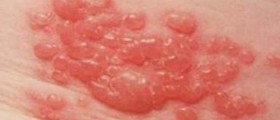
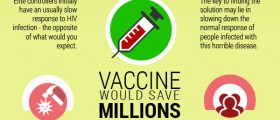


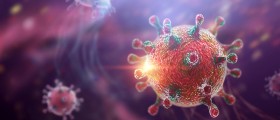
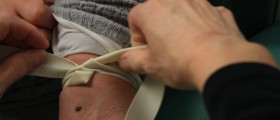

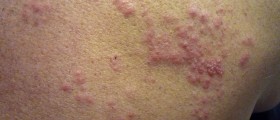


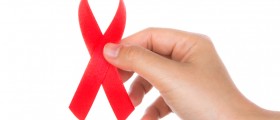


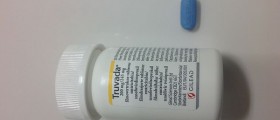
Your thoughts on this
Loading...